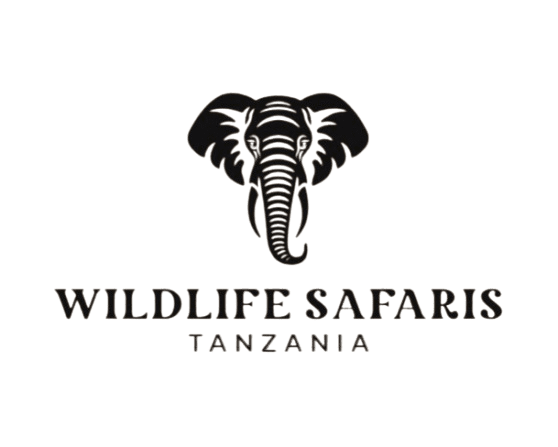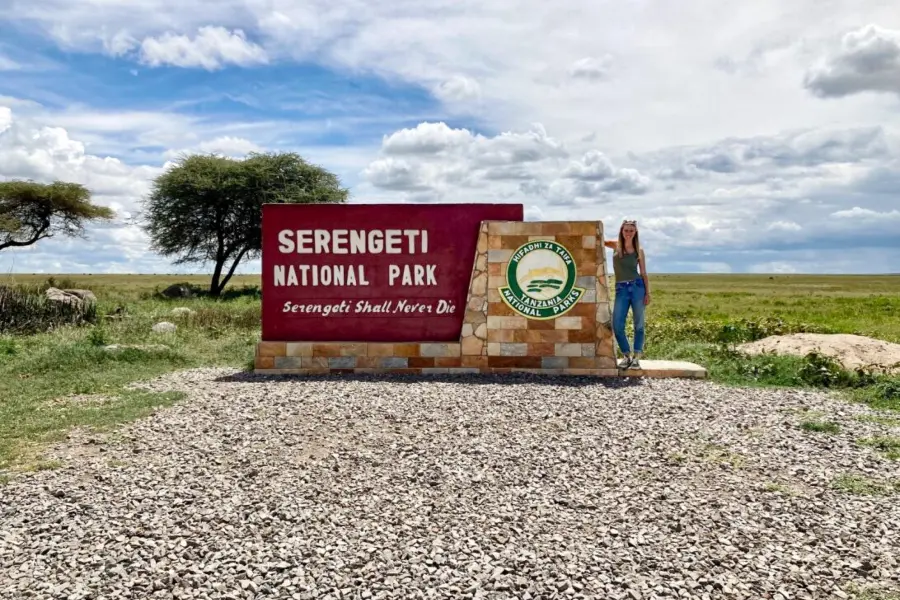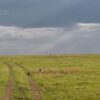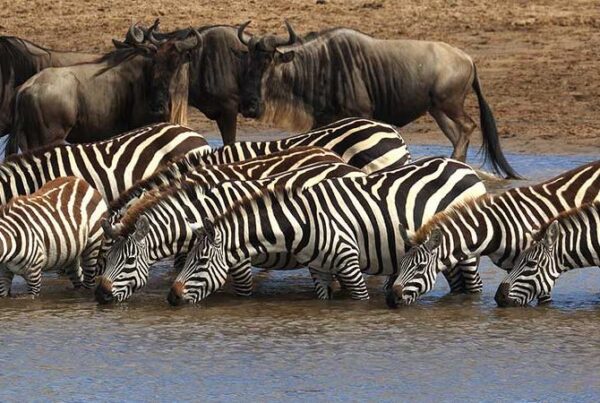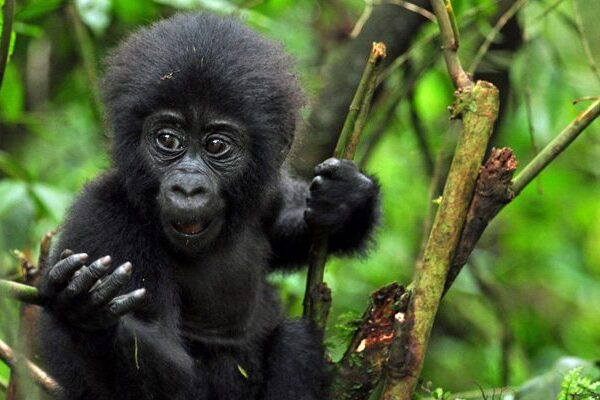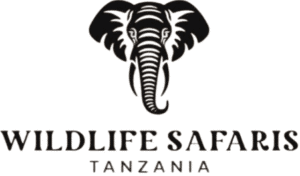The Gates of Serengeti National Park
Before you venture into the sweeping plains of Serengeti National Park, your journey begins at one of its entry gates — checkpoints that mark the threshold between the outside world and one of Africa’s most magnificent wilderness areas. Each gate has its own atmosphere, its own position within the park, and its own role in shaping the safari routes that millions of travelers follow each year. Knowing these gates not only helps you plan your logistical movements but also gives you a sense of how vast and varied the Serengeti truly is. They are the formal doorway into a landscape where the Great Migration roams, big cats rule the plains, and the Serengeti’s timeless magic unfolds.
Naabi Hill Gate – The Iconic Main Entrance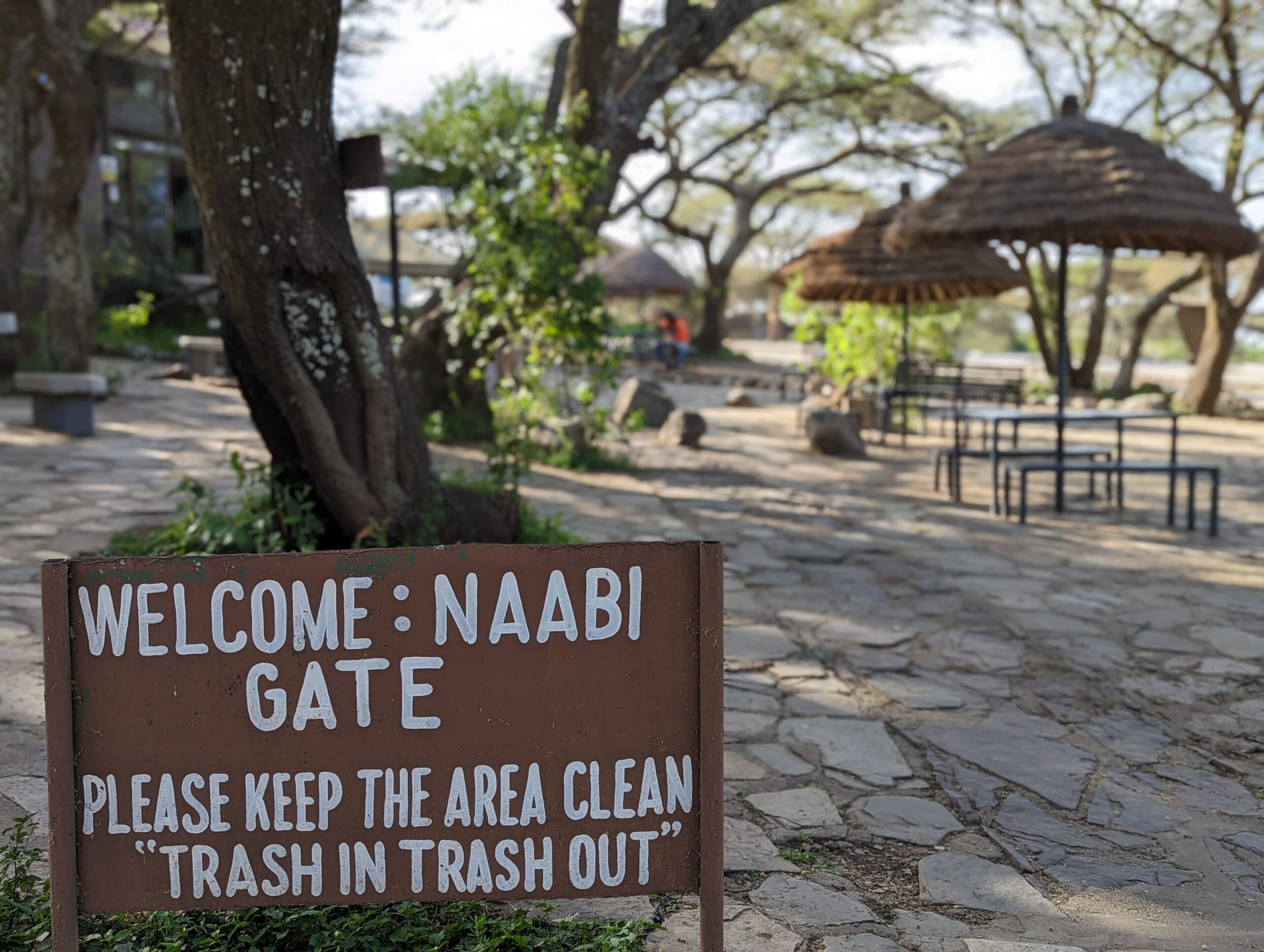
Naabi Hill Gate is the most famous and busiest entrance to the Serengeti. Located on the southeastern edge of the park, it serves as the primary gateway for travelers coming from Ngorongoro Conservation Area. The moment you step out of your vehicle at Naabi, you are greeted by sweeping views of endless plains that seem to roll into the horizon. The hilltop offers a panoramic lookout, making it a perfect first taste of the Serengeti’s grandeur. Most classic safari routes begin here, with the plains opening up to endless golden grasslands, scattered acacia trees, and the wildlife-rich Seronera region waiting just beyond the rise.
Ikoma Gate – The Northern Gateway to Wilderness
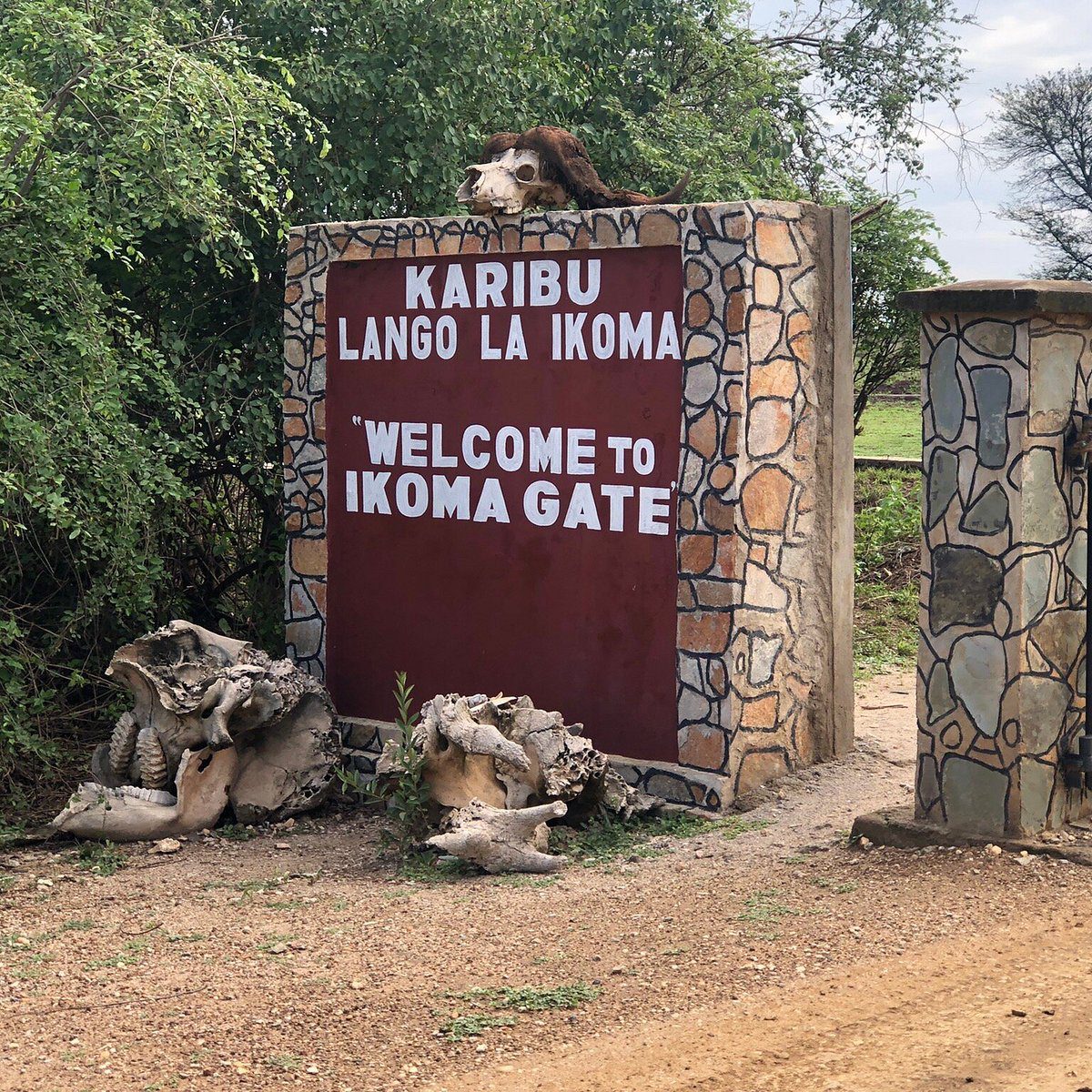 Further north, Ikoma Gate stands at the edge of the Serengeti’s remote northern region. This gate is often used by travelers entering the park from local communities and camps located outside the official boundary, especially those staying near the Ikoma Wildlife Management Area. It offers a quieter and less congested entry point than Naabi, allowing travelers to slip into the Serengeti’s northern expanses where the Mara River crossings unfold during the migration season. The surrounding woodlands and open savannahs near Ikoma create a gentle transition into some of the park’s most dramatic wildlife areas.
Further north, Ikoma Gate stands at the edge of the Serengeti’s remote northern region. This gate is often used by travelers entering the park from local communities and camps located outside the official boundary, especially those staying near the Ikoma Wildlife Management Area. It offers a quieter and less congested entry point than Naabi, allowing travelers to slip into the Serengeti’s northern expanses where the Mara River crossings unfold during the migration season. The surrounding woodlands and open savannahs near Ikoma create a gentle transition into some of the park’s most dramatic wildlife areas.
Klein’s Gate – Entry to the Far Northern Serengeti
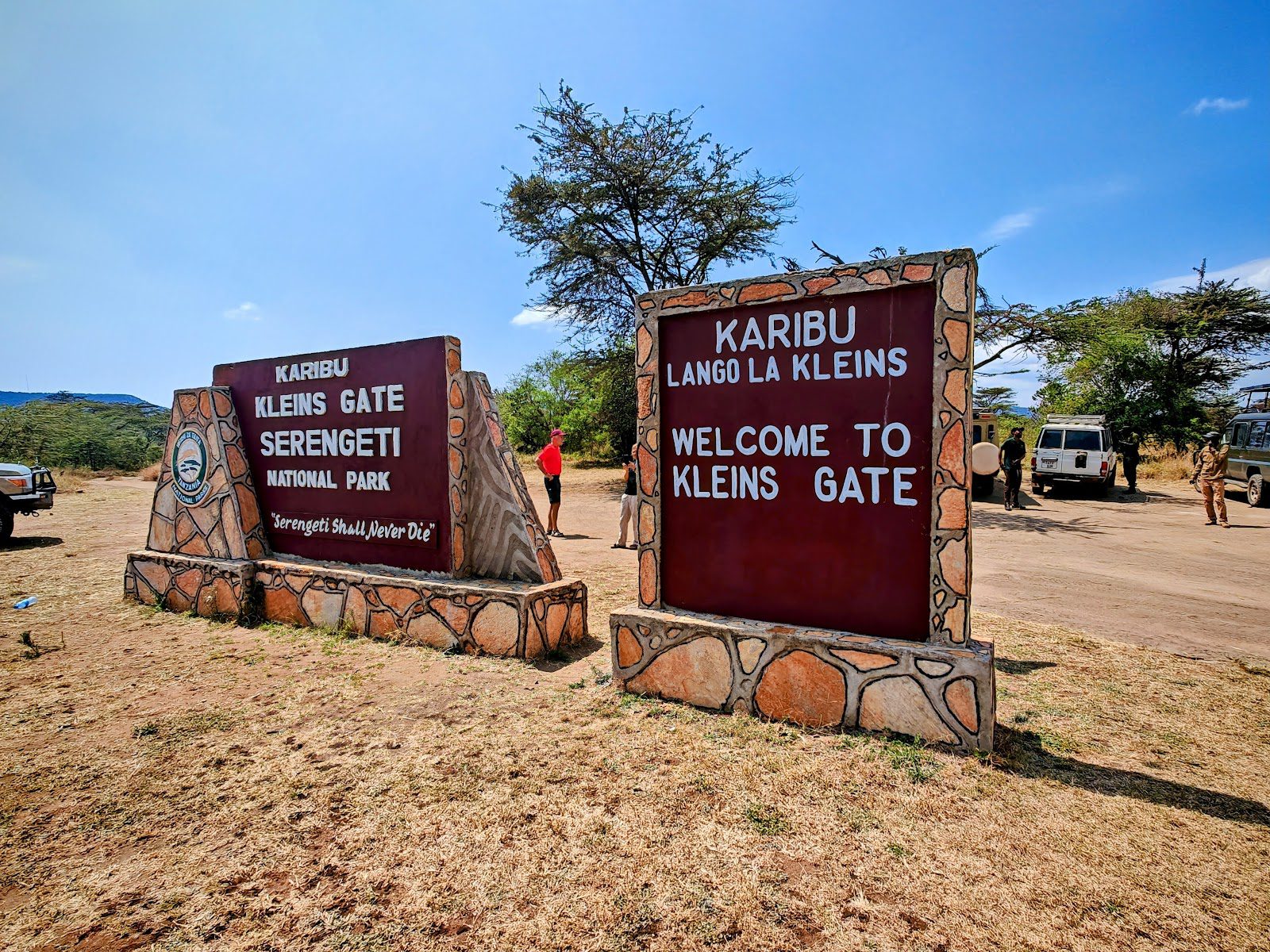 Klein’s Gate sits high in the far northeastern corner of the park near the border with Kenya. This gate is used mainly by travelers coming from the Loliondo area or those connecting to Kenya’s Maasai Mara. Entering the park through Klein’s Gate leads you directly into the Northern Serengeti — a region of rolling hills, winding river valleys, rocky outcrops, and some of the finest predator-and-prey spectacles in the entire ecosystem. Klein’s Gate provides one of the most peaceful entries into the park, and it is especially popular among travelers chasing the dramatic Mara River crossings from July to October.
Klein’s Gate sits high in the far northeastern corner of the park near the border with Kenya. This gate is used mainly by travelers coming from the Loliondo area or those connecting to Kenya’s Maasai Mara. Entering the park through Klein’s Gate leads you directly into the Northern Serengeti — a region of rolling hills, winding river valleys, rocky outcrops, and some of the finest predator-and-prey spectacles in the entire ecosystem. Klein’s Gate provides one of the most peaceful entries into the park, and it is especially popular among travelers chasing the dramatic Mara River crossings from July to October.
Ndabaka Gate – The Western Corridor Entry
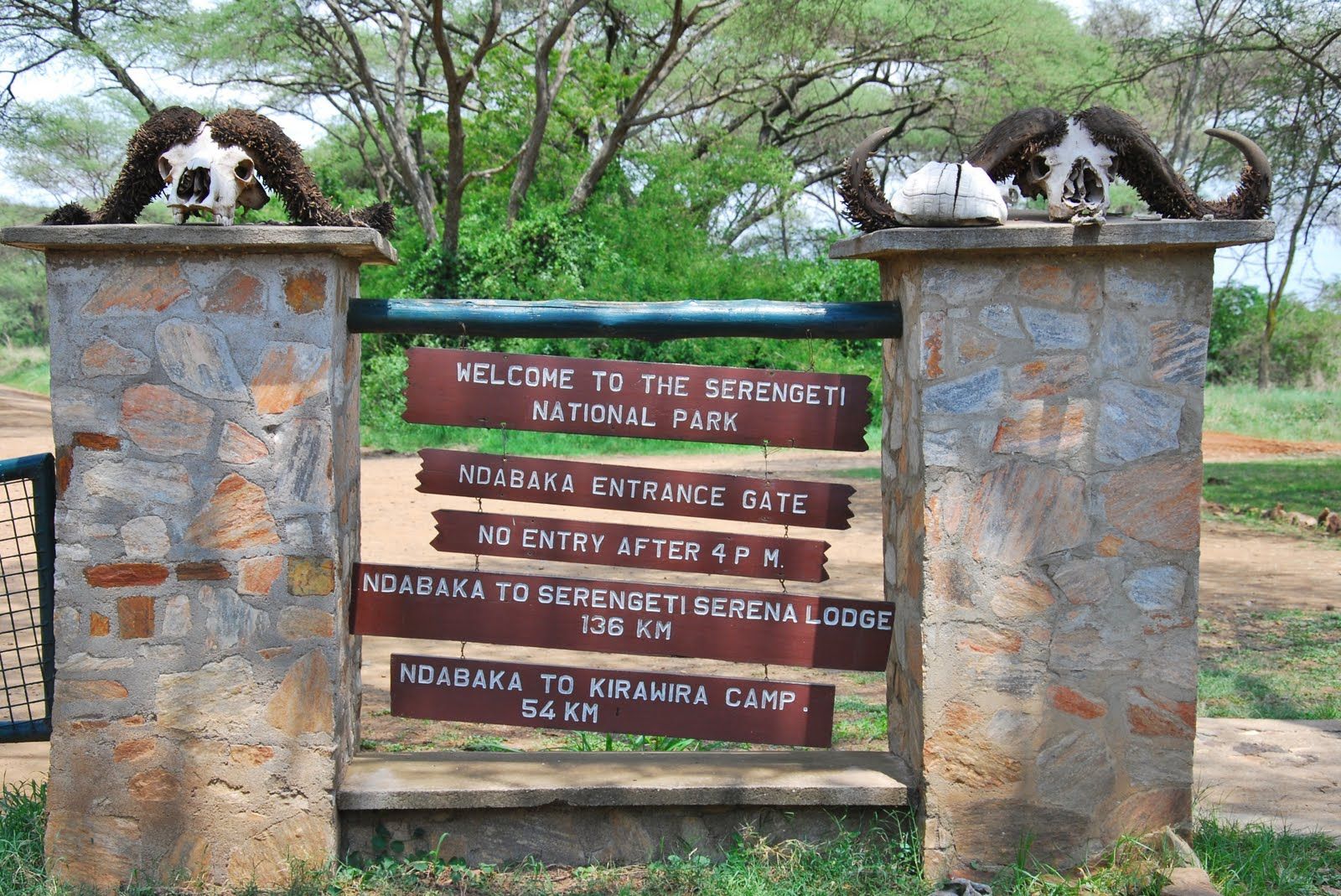 To the west of the Serengeti lies Ndabaka Gate, the main entrance into the park’s Western Corridor. This region follows the path of the Grumeti River, a wildlife haven where massive crocodiles, colobus monkeys, and migrating wildebeest define the landscape. Travelers approaching from Mwanza or Lake Victoria often use Ndabaka Gate. Its gentle access point brings you into one of the more tranquil areas of the Serengeti, with wide savannahs, riverine forests, and seasonal migration herds offering a quieter safari experience.
To the west of the Serengeti lies Ndabaka Gate, the main entrance into the park’s Western Corridor. This region follows the path of the Grumeti River, a wildlife haven where massive crocodiles, colobus monkeys, and migrating wildebeest define the landscape. Travelers approaching from Mwanza or Lake Victoria often use Ndabaka Gate. Its gentle access point brings you into one of the more tranquil areas of the Serengeti, with wide savannahs, riverine forests, and seasonal migration herds offering a quieter safari experience.
Bologonya Gate – The Northeastern Wilderness Transition
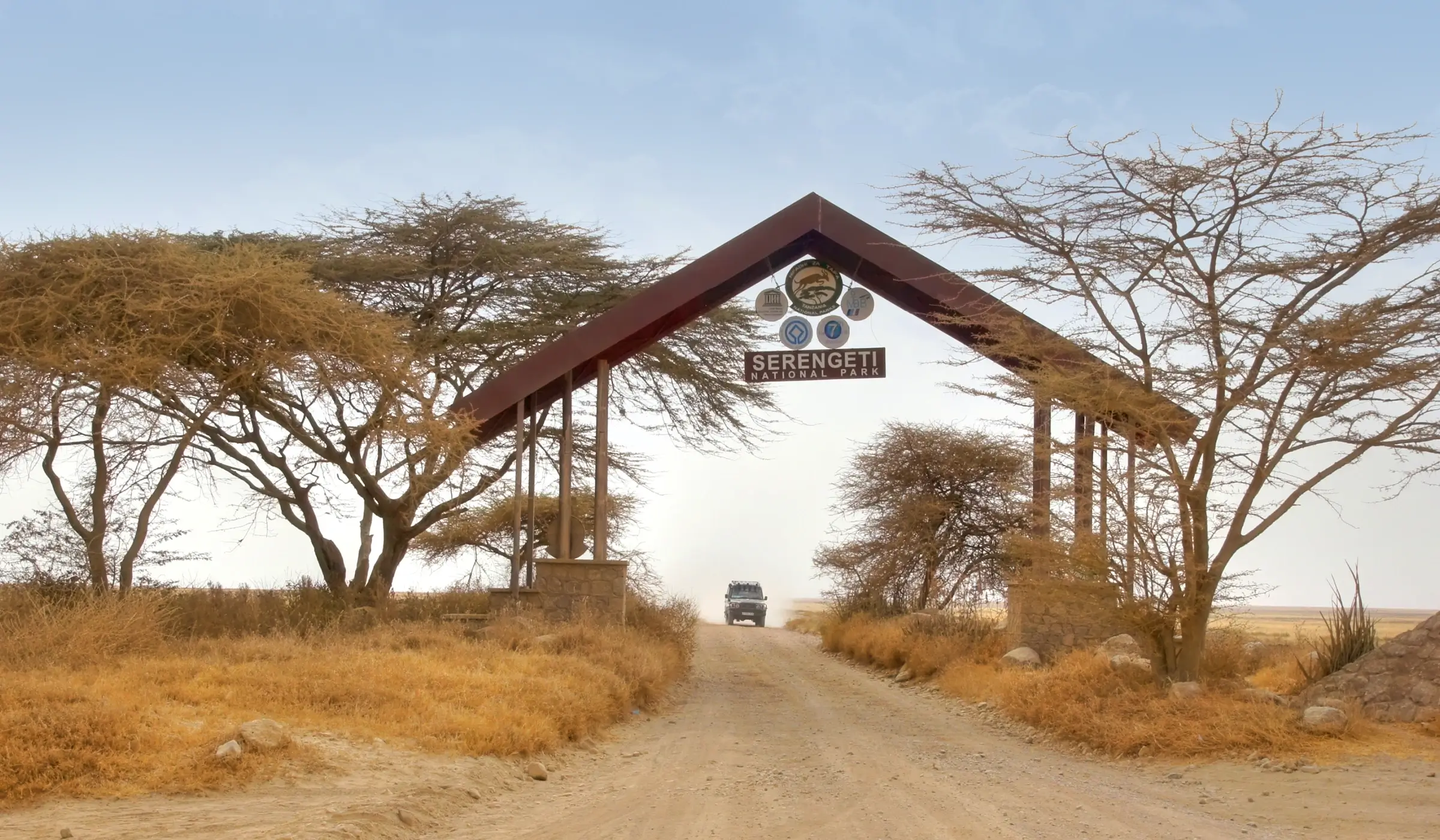 Bologonya Gate sits in the remote northeastern Serengeti, offering access to areas rarely visited by large crowds. It is frequently used by overlanders, private expeditions, and travelers moving between the Serengeti and the Loliondo Game Controlled Area. The landscapes near Bologonya are rugged, with rolling hills and high-altitude plains, a setting that makes you feel as though you are entering a secret wilderness corridor far from the typical safari routes.
Bologonya Gate sits in the remote northeastern Serengeti, offering access to areas rarely visited by large crowds. It is frequently used by overlanders, private expeditions, and travelers moving between the Serengeti and the Loliondo Game Controlled Area. The landscapes near Bologonya are rugged, with rolling hills and high-altitude plains, a setting that makes you feel as though you are entering a secret wilderness corridor far from the typical safari routes.
Handajega and Lamai Gates – Remote Northern Points
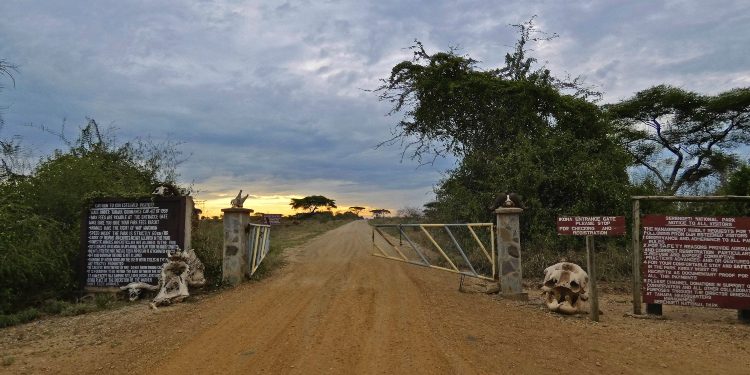 These smaller gates serve localized movement within the northern Serengeti, especially near Lamai, a region known for predator density and dramatic riverbank views. While not commonly used by the majority of travelers, they play an important role for lodges, rangers, and logistic teams operating in the northernmost parts of the park. Their presence reinforces how expansive the Serengeti truly is — a landscape with multiple entry points designed to support conservation, tourism, and wildlife management across a massive territory.
These smaller gates serve localized movement within the northern Serengeti, especially near Lamai, a region known for predator density and dramatic riverbank views. While not commonly used by the majority of travelers, they play an important role for lodges, rangers, and logistic teams operating in the northernmost parts of the park. Their presence reinforces how expansive the Serengeti truly is — a landscape with multiple entry points designed to support conservation, tourism, and wildlife management across a massive territory.
Why the Serengeti’s Gates Matter for Safari Planning
The gates of Serengeti National Park are more than administrative checkpoints; they define how travelers experience the flow of wildlife, the orientation of safari routes, and the access to major attractions. Choosing the right gate determines whether you begin your journey in the great central plains, the rugged river valleys of the north, the tranquil western corridor, or the rolling hills near the park’s Kenyan frontier. Each entrance shapes the rhythm of your safari and directs you toward specific ecosystems, migration activity, and seasonal wildlife experiences.
A Threshold into Timeless Wilderness
Standing at any gate of the Serengeti is an unforgettable moment. It is the point where civilization fades and the ancient wilderness takes over — where you cross into a world governed not by human design but by the pure, unbroken rhythms of nature. Whether you enter through Naabi Hill’s iconic lookout, Klein’s rugged northern trails, or Ndabaka’s calm western welcome, each gate opens the way into a park that continues to inspire wonder, awe, and a deep sense of connection with the natural world.
